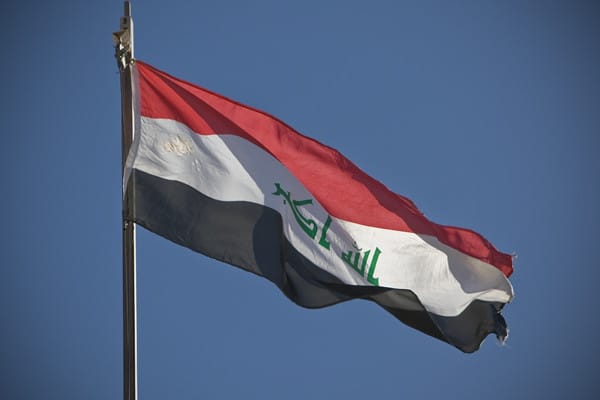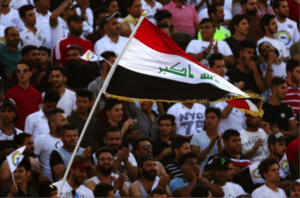On the 10th of October parliamentary elections were held in Iraq. The elections were originally planned for next year, but they were held early in response to mass protests against the government in 2019. Protestors took to the streets to protest rampant corruption and poor services. The protests were first met with brutal police violence, and hundreds of people were killed. The protests nevertheless continued, and in an effort to calm the protests eventually, early elections were announced.
A win for the Sadrist party
The Shiite Muslim cleric Moqtada al-Sadr’s party, Sairoon Alliance, most often called the Sadrist party, was the biggest winner in the elections. It increased its number of seats from 54 to 73 in the 329-seat parliament. The party Taqaddum (progress) of Mohamed al-Halbousi, the Parliament Speaker, won 37 seats, and the party of the former Prime Minister Nouri al-Maliki, the State of Law Coalition, came third with 34 seats. The Kurdistan Democratic Party won 32 seats, an increase of 7.The Patriotic Union of Kurdistan (PUK), within the Kurdistan Coalition, got 16 seats. The results are yet to be confirmed by Iraq’s Federal Court.
These results of the elections have come as a bit of a shock to many politicians, and will change the political landscape of Iraq. Many of the biggest parties in the previous elections lost many seats, pushing them away from the political center and towards the margins. Most notably the Iranian-aligned Fatah Alliance, led by Hadi al-Amriri, remained with only 14 seats in these elections, a sharp decline after it had 48 seats in the previous session. Furthermore, the Alliance of National State Forces, allied with former Prime Minister al-Abadi, saw its seat number decline from 19 to 5. Nevertheless, the Sadrist party will have to enter negotiations to form a coalition capable of dominating parliament and forming of administration. The other parties therefore still have some influence in government, even though the political landscape has changed.
New electoral law
Part of the reason the Sadrists obtained such a great victory is the new electoral law, according to experts. In previous years, al-Sadr worked to bring about an election law in multiple districts, and managed after the 2019 protests. The previous electoral law considered each of the 18 provinces an electoral district, enabling parties to run in unified lists and sweep all the seats in the province. This new law, enforced in 2019, divides the country in 83 districts, and allows voters to elect individual legislators. It therefore increases the chances of independents, and enabled the Sadrists to obtain more seats as its popular base is large but concentrated in a few areas. Critics nevertheless state that the work of the independent representatives will be strongly influenced by the large parties, leading them to unite or enter into alliances with these parties.
The losing parties react
The results of the elections came as a shock to some of the more traditional Shiite parties that had dominated the political scene for the past two decades. The losing Shiite parties, those more affiliated with Iran, have since then declared a rejection of the results, accusing the Independent High Electoral Commission of mismanaging the polls. The parties have formed the Coordination Framework, announced that it will stage demonstrations, and declared an appeal of the election results.
Not only the losing political parties have reacted to these elections. Armed groups and militias have also reacted negatively to these election results. At least one pro-Iran militia commander said that the armed groups were prepared to resort to violence if necessary to ensure they do not lose their influence after these elections, claiming they were fraudulent.
Turnout
Prior to these elections, there were serious efforts to increase voter turnout. Top Shiite cleric Ayatollah Ali al-Sistani was among those calling Iraqis to participate in the elections, but the turnout of these elections nevertheless remained low. The turnout stagnated at 43% according to the electoral commission. This turnout is slightly lower than the official turnout in the last elections in 2018 when an official turnout of 44.5% was reached.
Sources: Reuters, Reuters2, AA, Aawsat, Al-Monitor
Photo: Flickr



